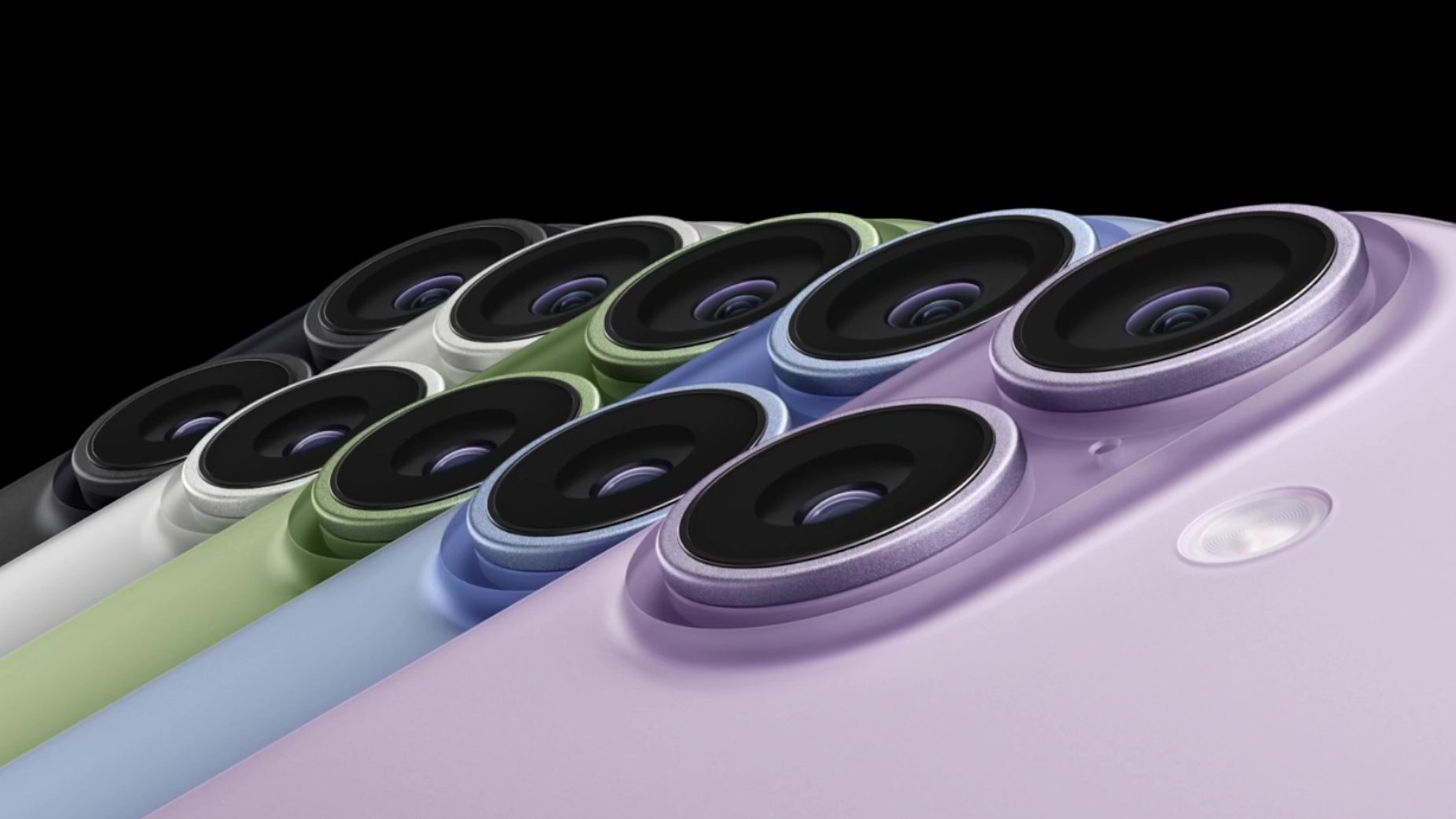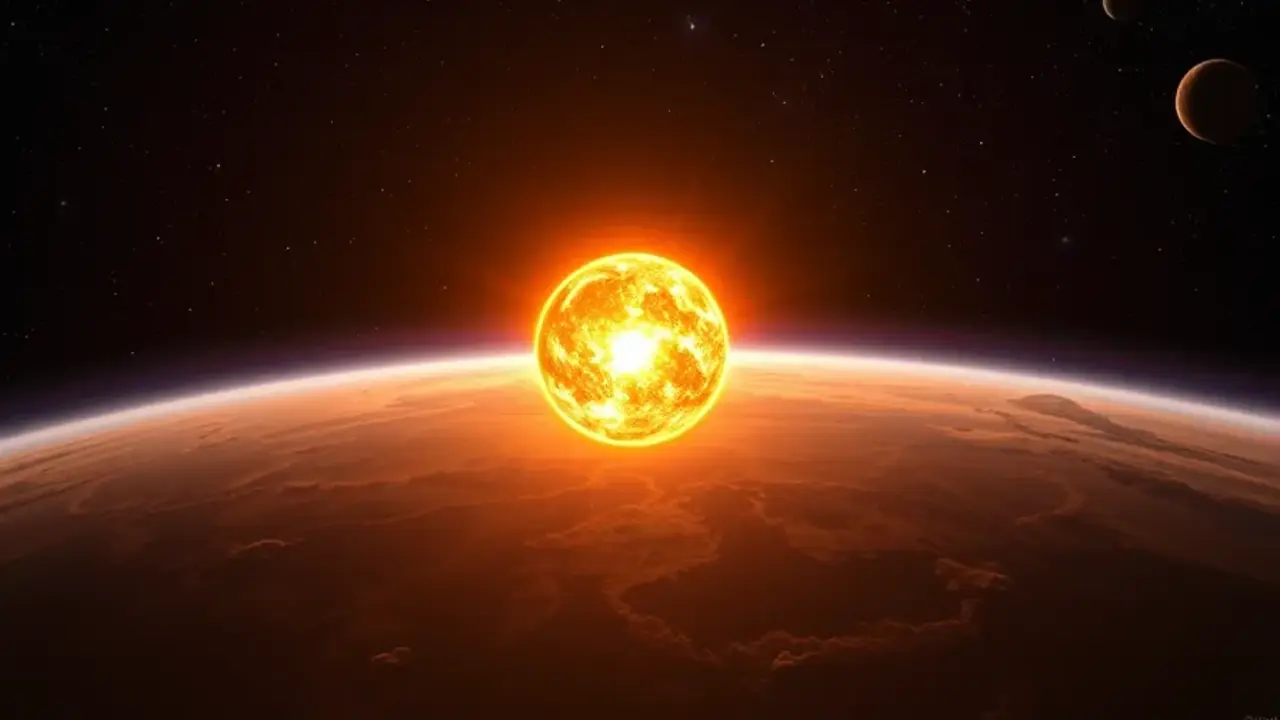Gravitational lensing occurs when light is bent around the massive Sun and focused to a point far beyond our solar system. The potential resolution is astonishing – 10^-10 arcseconds, making it a million times more powerful than the New Horizons telescope.
But using this natural “telescope” presents significant challenges. Its focal point is 542 astronomical units (AU) from Earth—greater than the distance to Pluto and beyond the reach of modern spacecraft like Voyager 1. To capture images, the spacecraft must reach this far point, maneuver efficiently, and scan a large area to create a comprehensive mosaic.
To accomplish this ambitious mission, astronomers are considering deploying a fleet of lightweight cubesats equipped with solar sails. Once deployed, these cubesats will work together to create images and send data back to Earth for analysis.
Source: Ferra
I am a professional journalist and content creator with extensive experience writing for news websites. I currently work as an author at Gadget Onus, where I specialize in covering hot news topics. My written pieces have been published on some of the biggest media outlets around the world, including The Guardian and BBC News.











